Did you know that over 19,000 individual costume pieces were created for "The Lord of the Rings" series? Each piece plays a vital role in conveying the characters' identities and transformations throughout their epic journey. Think about how Frodo's tattered cloak and Aragorn's regal attire reflect not just their status, but their personal struggles as well. What's particularly fascinating is how these costumes draw inspiration from various cultures, adding depth to the narrative. The intricacies behind these designs raise questions about how visual storytelling enhances our understanding of the characters' arcs.
Iconic Costumes of Key Characters
The costumes in "The Lord of the Rings" reveal the essence of each character, creating a vivid tapestry of Middle-earth. Take Frodo Baggins, for example. His brown suit and green robe perfectly capture his humble Hobbit lifestyle, while being barefoot shows his deep connection to the Shire. Can you imagine him trudging through the dirt in shoes? It just wouldn't fit!
Now, let's talk about Gandalf the Grey. His oversized grey robe screams wisdom and mysticism. And when he transforms into Gandalf the White in "The Return of the King," his dazzling white robe symbolizes his epic journey. You can practically feel the power radiating off him!
Then there's Eowyn. She starts in simpler attire, but when she dons that intricate battle armor, you can see her strength and determination as a warrior. Isn't it amazing how a costume can show such fierce spirit?
Aragorn's evolution is just as impressive. He begins as Strider, dressed in dark, rugged clothes, but then shifts to regal Gondorian armor with a tree motif. This change represents his journey from a humble ranger to the king of Gondor. How cool is that?
And don't forget Legolas! His costume, with tree-like designs and layered colors, highlights his elven heritage and agility. Plus, that bow and arrow? Iconic!
These characters' iconic costumes tell their stories, making them unforgettable in the world of Middle-earth. What's your favorite costume?
Symbolism in Costume Design
Costumes in "The Lord of the Rings" not only define characters but also convey deeper meanings tied to their journeys. Just think about it! Costume designers put so much thought into each outfit, making every piece tell a story. Take Gandalf, for example. His transformation from Gandalf the Grey to Gandalf the White isn't just about a color change; it symbolizes enlightenment and authority. You can't help but feel the weight of that evolution.
Then there's Eowyn, whose battle armor is a bold statement. It showcases her defiance of traditional gender roles, proving she's just as fierce as any man in battle. Isn't that empowering? Her strength shines through her costume, making you root for her even more.
Galadriel's ethereal attire is another fantastic example. With flowing white fabrics, her look symbolizes purity and light. It's like she's a beacon of hope for the Fellowship. You can almost see her guiding them through the darkness.
On the flip side, the Ringwraiths' dark costumes embody fear and the corrupting influence of the One Ring. Their transformation into Sauron's agents is visually striking and chilling.
Evolution of Character Attire
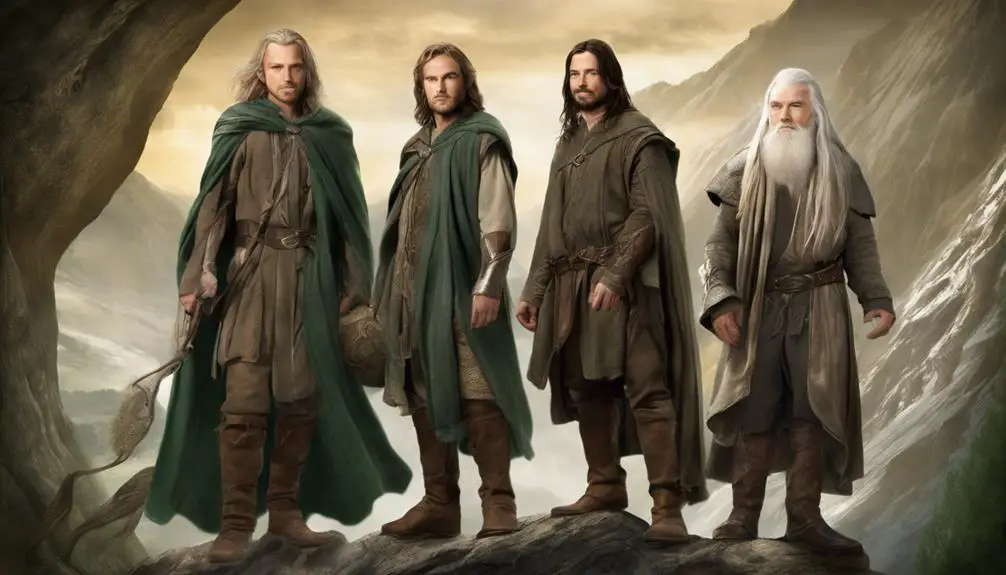
Throughout "The Lord of the Rings," character attire evolves dramatically, reflecting their inner journeys and transformations. Take Frodo Baggins, for example. He starts off in a clean, simple hobbit outfit in "The Fellowship of the Ring." But by "The Return of the King," his clothes are tattered and worn, symbolizing the heavy burdens he carries. It's a powerful visual representation of his struggle, right?
Now, let's talk about Aragorn. He goes from a rugged ranger disguise to donning regal Gondorian armor. This change shows his growth from a reluctant hero to the rightful king of Gondor. Isn't it cool how his attire mirrors his confidence?
Then there's Éowyn, who starts in traditional dresses but switches to battle armor in "The Return of the King." This transformation highlights her determination to fight against oppression. You can practically feel her strength through her outfit!
And we can't forget Legolas. His attire maintains that beautiful elven aesthetic, with layered fabrics and colors that subtly shift throughout the trilogy. This evolution emphasizes his connection to nature and his agility as a warrior.
Lastly, check out Saruman. He begins in pristine white robes, but as he descends into darkness, his armor becomes dark and elaborate. This stark contrast illustrates his moral decline. Isn't it amazing how costume design can tell such deep stories? The evolution of character attire in this series really showcases personal growth and transformation!
Cultural Influences on Costumes
Costume design in "The Lord of the Rings" reflects a rich tapestry of cultural influences that enhances the story's authenticity. You can really see how the costumes draw from various historical cultures, especially medieval European styles. Just look at characters like Aragorn and Eowyn; their armor and attire scream knightly valor! But that's not all—costume designer Ngila Dickson took inspiration from traditional clothing of different ethnic groups, pulling in elements from Scottish, Nordic, and even Asian cultures. This mix helps create a diverse visual language that represents the many races of Middle-earth.
Now, let's talk about materials. The use of natural materials like wool and linen isn't just for show; it connects the characters to their land and cultural roots. When you see hobbits in cozy, earthy fabrics, you feel their connection to nature. And those symbolic elements in the costumes? They're not random! The color palettes and patterns represent each character's traits and allegiances. Dark tones often signal evil, while lighter hues reflect nobility and purity.
John Howe's artwork and Alan Lee's illustrations played a huge role too, helping to shape a cohesive aesthetic that aligns with Tolkien's descriptions. So, next time you watch the series, pay attention to the costumes. They tell stories of their own, weaving together the rich cultural influences that make Middle-earth come alive!
Memorable Moments and Outfits
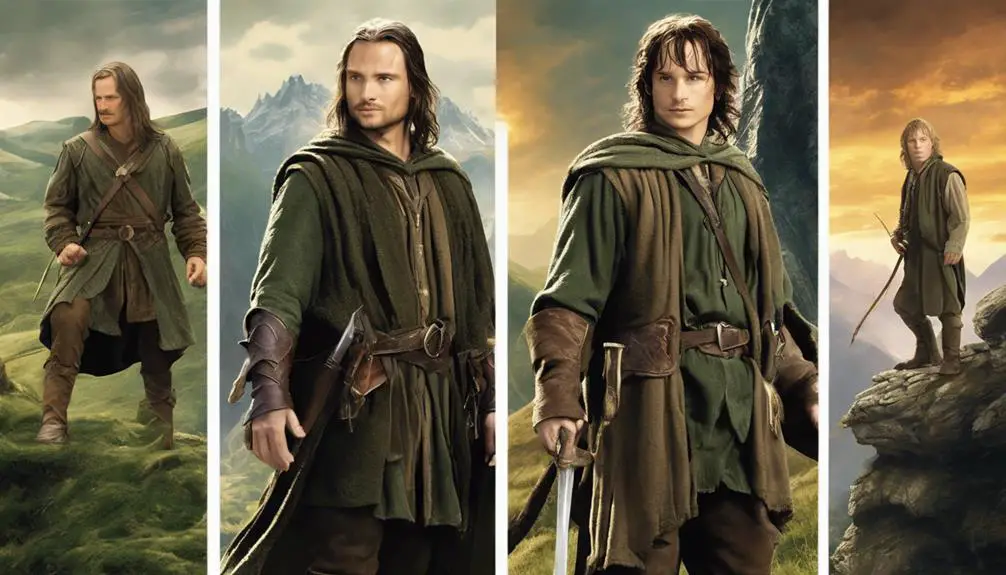
Capturing the essence of character transformation, the outfits in "The Lord of the Rings" leave a lasting impression on viewers. Take Frodo Baggins, for instance. He starts in a cozy brown suit and green robe that scream "Shire life." But by the end, his ragged clothes tell a tale of hardship and courage. Isn't it incredible how clothing can show a character's journey?
Then there's Eowyn. Oh, her stunning battle armor in "Return of the King" is a game-changer! When she confronts the Witch King, you can't help but cheer her on. It's not just armor; it's a bold statement that says she's ready to fight against the odds.
Aragorn's transformation is just as impressive. He moves from a dark, mysterious ranger to the regal king of Gondor, complete with flashy tree designs symbolizing his heritage. That's some serious style evolution, right?
Don't forget Gandalf! His shift from the iconic grey robe to the dazzling white attire of Gandalf the White in "The Two Towers" is jaw-dropping. It not only shows his wisdom but also sets him apart from Saruman, making him look extra powerful.
And let's not overlook the Ringwraiths. Their flowing black robes create such an ominous vibe, making them some of the most memorable outfits in the series. They embody the dark influence of the One Ring perfectly. So, which outfit left the biggest mark on you?
Frequently Asked Questions
Who Designed the Costumes for the Lord of the Rings Movies?
You'll find that costume designers analyze cultural influences, tackle wardrobe fitting challenges, and explore character costume evolution. Their insights into color palette significance and iconic outfits breakdown enrich the storytelling and enhance the characters' journeys.
How Were the Costumes Maintained During Filming?
During filming, you're focusing on costume preservation techniques, implementing daily maintenance routines, managing on-set repairs, considering weather impact, conducting actor costume fittings, and utilizing effective costume storage solutions to guarantee everything stays in top condition.
What Materials Were Primarily Used in the Costume Designs?
You'll notice that costume designs often use diverse fabric types, a rich color palette, and texture variations. They incorporate layering techniques to achieve historical accuracy while reflecting character symbolism, enhancing the overall visual storytelling.
Were Any Costumes Inspired by Real Historical Garments?
Much like Shakespeare's plays draw on history, you'll find that many costumes reflect historical influences. Designers weave garment authenticity, cultural representation, and medieval fashion, utilizing textile techniques that enhance character symbolism and depth.
How Did the Costumes Contribute to Actor Performances?
Costumes enhance your character immersion, fostering emotional connections. They serve as visual storytelling tools, ensuring actor comfort while embodying cultural representation and reinforcing thematic elements, ultimately enriching the overall performance and audience experience.


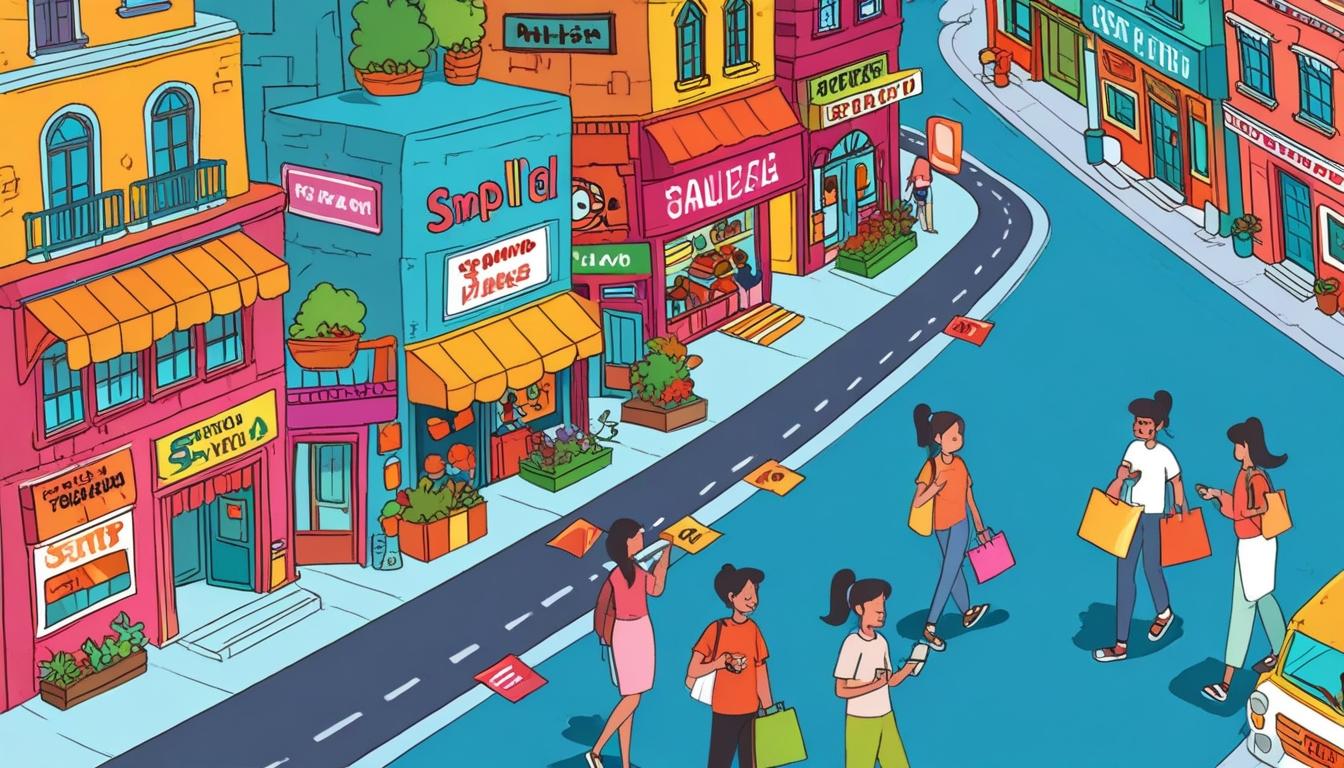
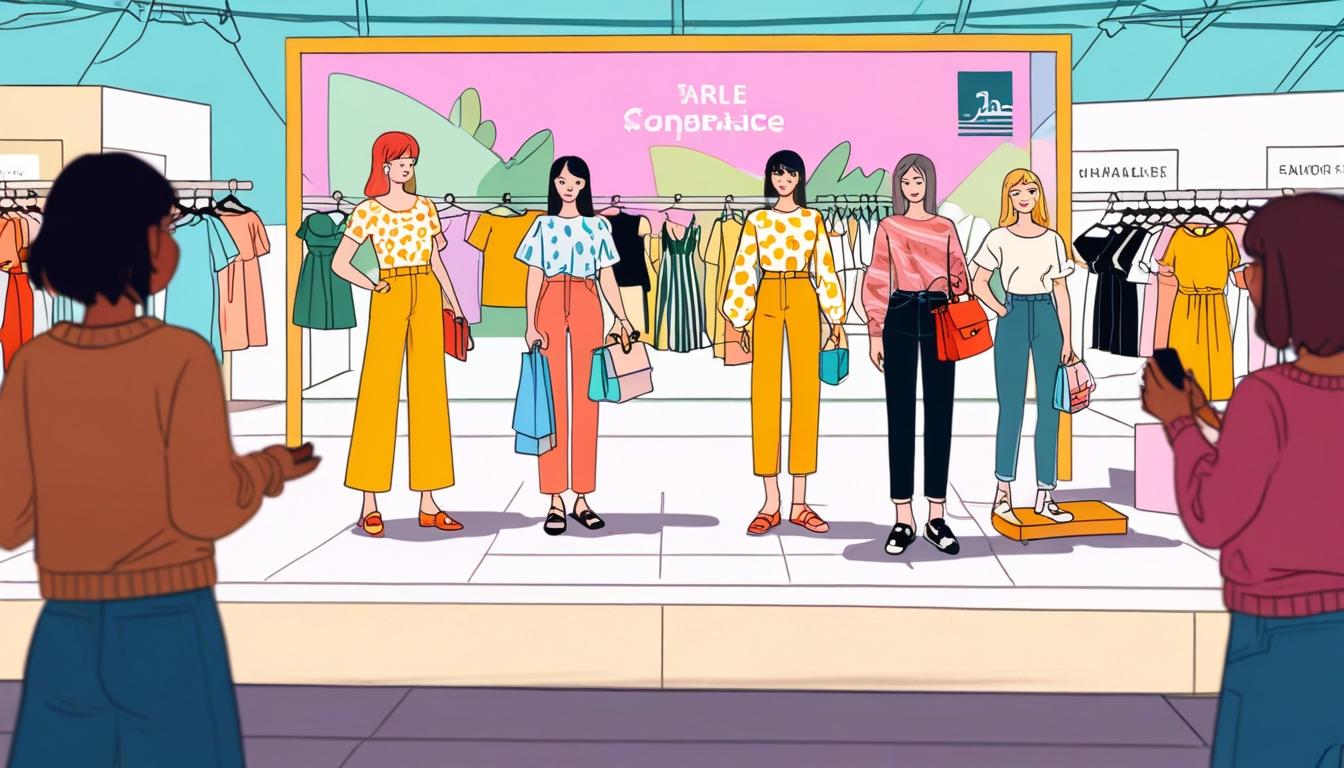
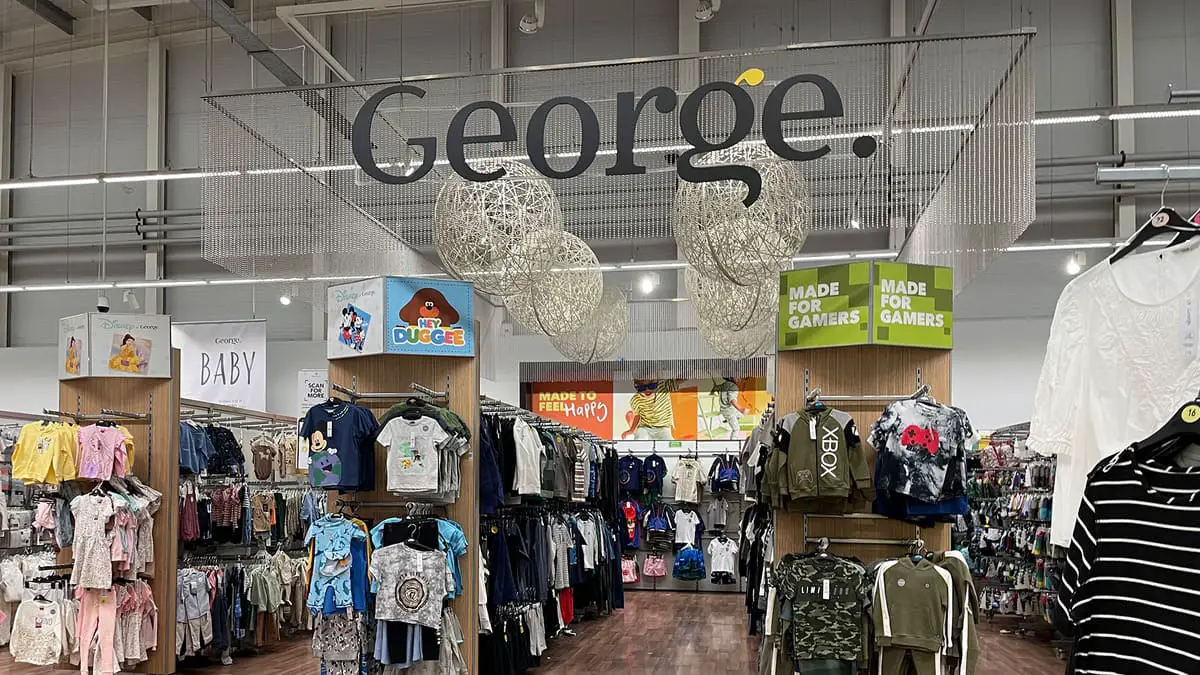
Thanks for some other excellent article. The place else may anybody get that type of info in such a perfect approach of writing?
I have a presentation subsequent week, and
I am at the look for such info.